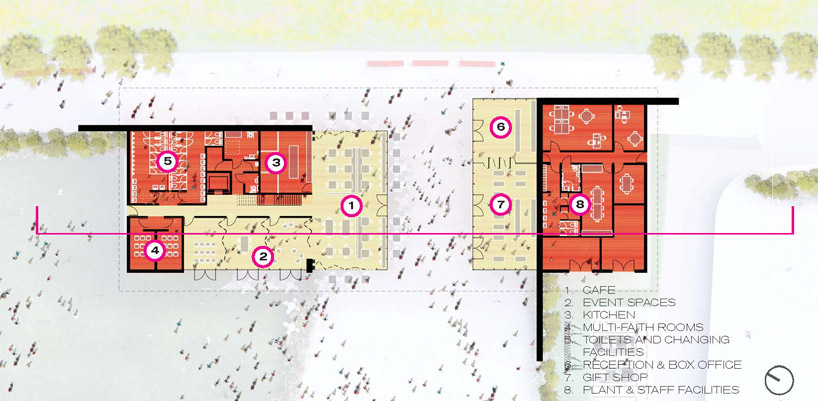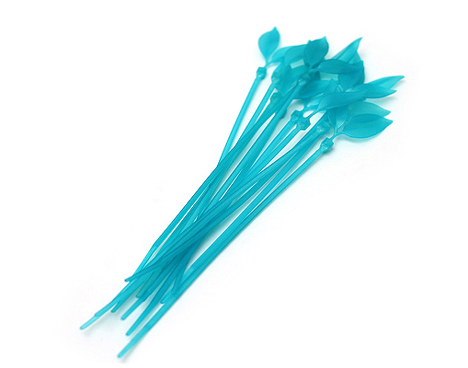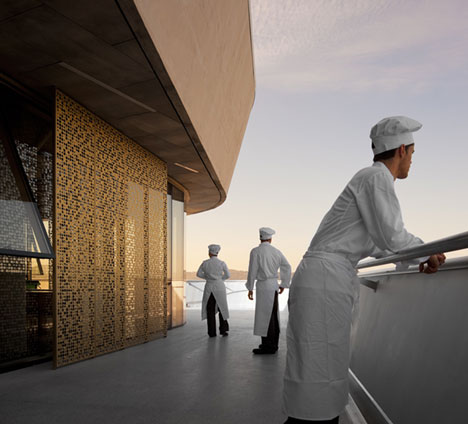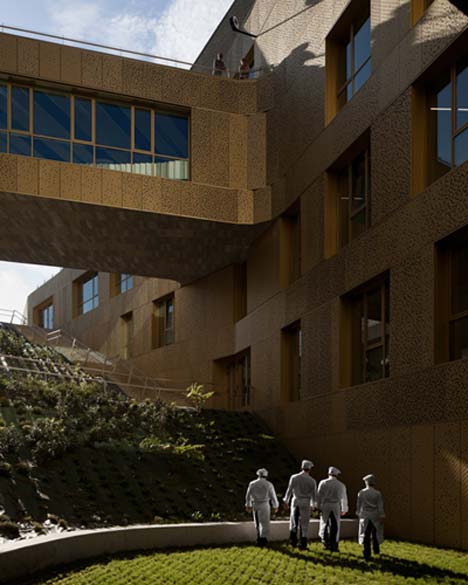
'queen elizabeth olympic park' by james corner field operations, london, UK
the south park hub and legacy attractions
all images courtesy of the olympic park legacy company
new york-based james corner field operations has created the winning proposal for the south hub of the 'queen elizabeth olympic park',
a masterplan which integrates the athletic facilities with events spaces into an extensive parkland for the summer 2012 olympics in london,
united kingdom. the south park will be transformed into a leisure destination for the transient international visitors along as well as
for residents after the games. the site will accommodate a wide range of programming to appeal to a broad spectrum of the public
even on ordinary days along with pleasure gardens for ordinary days.

labyrinth
with a visual connection to the river and surrounding park, points of interest will include an arc promenade,
planting ribbon and hedgerow, event rooms and generous lawns and gardens. the rectilinear hub building
will take the form of an open pavilion stitched into the landscape with views of the nearby orbit sculpture.
enclosed with a series of horizontal and vertical planes, the public and private spaces are divided with spine walls
which become connection points for the lines of plants to meet the structure. projecting through the shell of
the building, the same spine walls become surfaces for art and media projections for public engagement.
an open cafe is placed in the center along with external covered seating and a roof terrace with panoramic views of the
encompassing grounds.

playground

south park hub, LED canvas and arc promenade

the gateway

arc promenade

ticketing and cafe plaza

cafe and plaza entry

winter festival in the event plaza

overview of the site

site plan

floor plan / level 0

section

(left) landscape framework
(center) south park places
(right) event platforms

(left) arc promenade
(right) planting ribbon + hedgerow

(left) event rooms
(right) lawns + gardens

axon of site elements

hub building design diagram

concept sketch of the hub building
You have read this article Architecture /
Featured
with the title December 2011. You can bookmark this page URL http://moderndeserthomes.blogspot.com/2011/12/james-corner-field-operations-queen.html. Thanks!














































